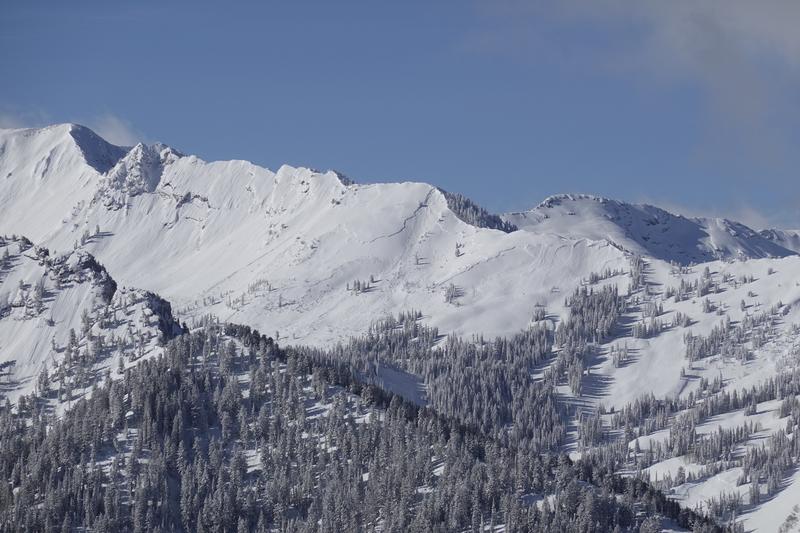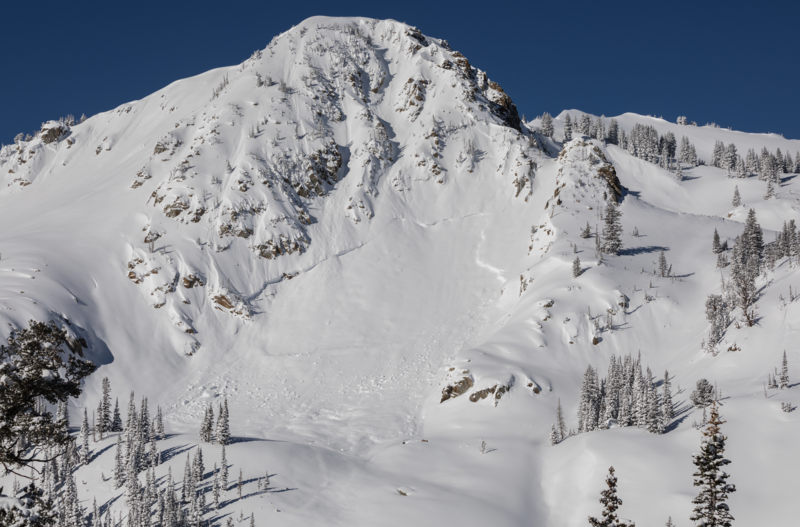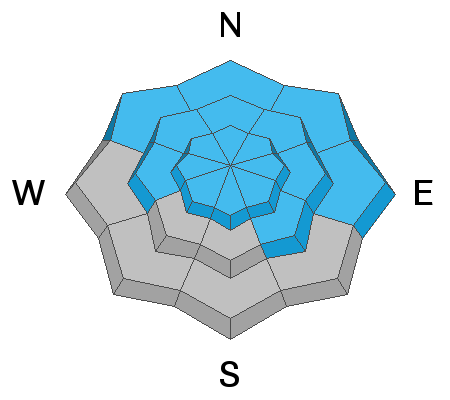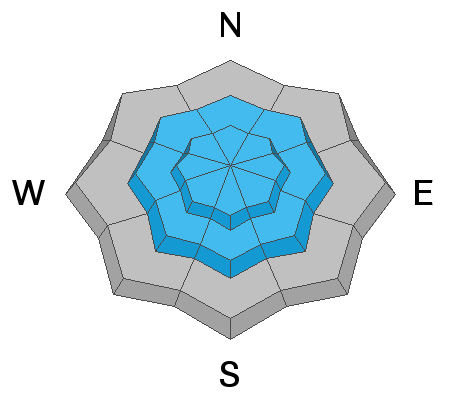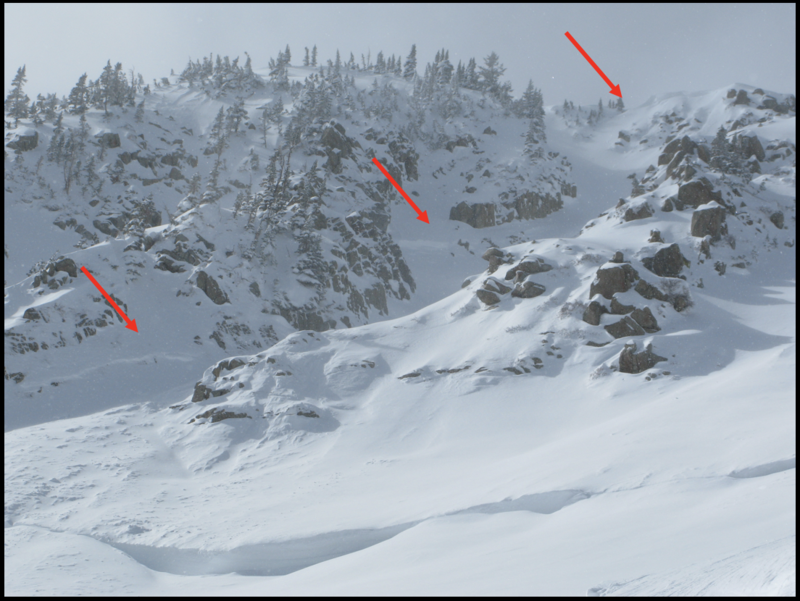Forecast for the Salt Lake Area Mountains

Issued by Greg Gagne on
Friday morning, February 19, 2021
Friday morning, February 19, 2021
The avalanche danger is HIGH on upper elevation aspects facing west, through north, and southeast where human-triggered avalanches are very likely. Travel in avalanche terrain on these aspects and elevations is not recommended. On upper elevation aspects facing south and southwest, as well as mid- elevations slopes, the avalanche danger is CONSIDERABLE where human-triggered avalanches are likely. Low elevations have a MODERATE danger where human-triggered avalanches are possible.
Any avalanche you trigger may step down into deeply-buried weak layers, creating very large and destructive avalanches 6-8' deep and hundreds of feet wide.
The storm snow continues to settle out and is providing excellent travel and riding conditions on lower-angled slopes. We've had six avalanche fatalities already in Utah this season. Please set a very wide margin of safety.
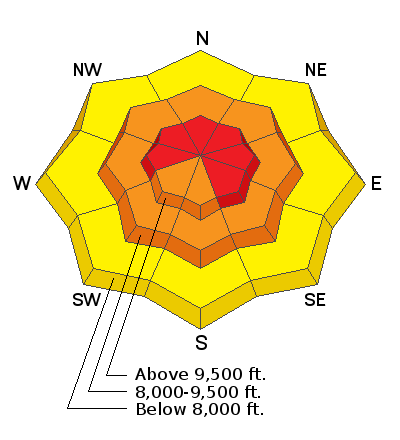
Low
Moderate
Considerable
High
Extreme
Learn how to read the forecast here


